
Turkey-Inspired Supraballs
It’s that time of year when the turkey takes center stage, er, table. Although many claim Ben Franklin lobbied for the turkey to become the United States’ national symbol, Franklin was taken out of context. Franklin neither publicly championed the turkey nor opposed the bald eagle, and he characterized the turkey as “a little vain […]
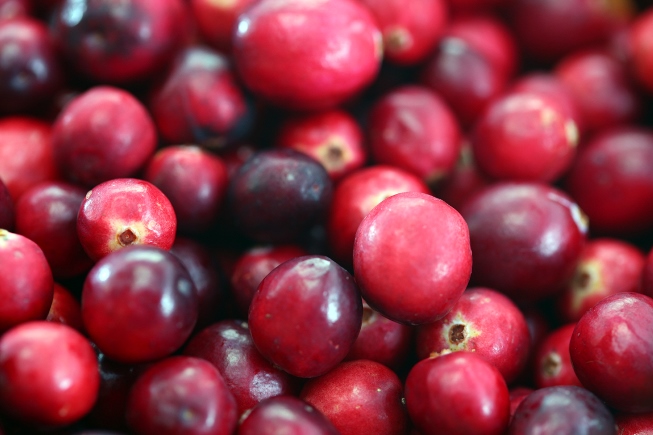
Cranberry Polymers
Some of us dread Thanksgiving – the prospect of awkward political discussions, family dysfunction, and, last but not least, the debate over home-made vs. canned cranberry sauce. This annual cranberry conflict seems like a subject fit for a Seussian Butter Battle sequel. Many households solve the problem by offering both a thick, homemade sauce and […]
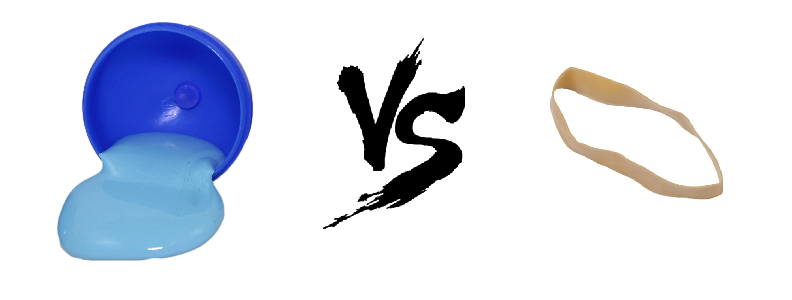
Crosslinked Polymers Guest Star on The CW’s Flash
Elongated Man: Silly Putty Vs. Rubber Band Warning: This blog post contains spoilers from Season 4, Episode 4 of DC Comics/The CW’s The Flash. “Elongated Journey Into Night” introduces Ralph Dibny, a former cop turned private investigator, recently endowed with superhuman stretching abilities by a dark matter bus accident. Dibny doesn’t know how to control […]

Da Vinci and Plastic
Following our previous blog on the potential first report of a plastic in Capri around 30 A.D., the recent publication of Walter Issacson’s biography of Leonardo Da Vinci prompted us to query whether this prolific inventor and student of materials dabbled in plastic technology. We, of course, were not the first to think of this, […]
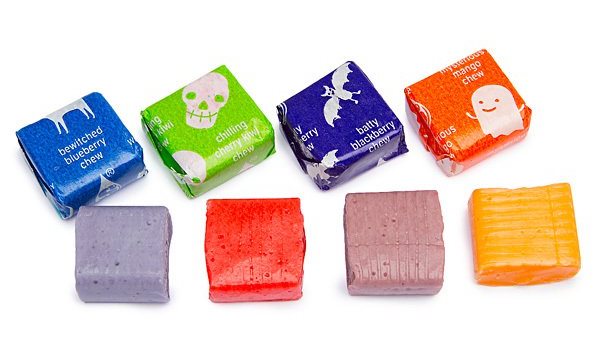
A Bit of a Stretch
Given that today is Halloween, this blog entry started with the question of what is the most popular candy? For Massachusetts, the home of Cambridge Polymer Group, that candy is Starburst.[1] Starburst bears a loose association with taffy, which is a candy made by stretching a heated mass of sugar. The act of pulling taffy […]
Move a Mussel
Biofouling, the adhesion of sea life to ships’ hulls, is a serious problem for all marine vessels. The sticky stowaways significantly increase the hull’s friction; the resulting drag decreases boat speed and increases fuel consumption by up to 40%. In the past, the most effective solution was to dry-dock the boat and manually remove the […]
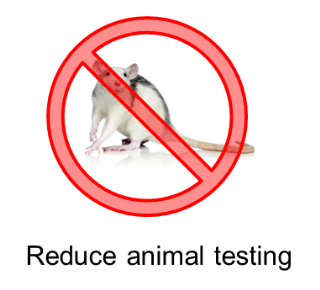
Leachable Studies of Medical Devices in Complex Biological Environments
Thursday, October 12, 2:10 p.m. EST Adam Kozak, a senior research scientist at Cambridge Polymer Group, presents “Leachable Studies of Medical Devices in Complex Biological Environments” at Eurofins Lancaster Laboratories’ Extractables and Leachables Symposium for Drugs and Devices in Pennsylvania. Detailed Extractables/Leachables Studies Extractables and leachables studies usually follow a two-step program. In the first […]

Fatty Acid and Triglyceride Analysis: Linseed Oil
Figure 1: On left, flax seeds, the source of linseed oil. On right, a representative triglyceride found in a linseed oil. Linseed oil is derived from flax seeds (Fig 1; typically via pressing and solvent extraction methods). In the presence of oxygen, it polymerizes to form a rigid and hydrophobic solid through a highly exothermic […]
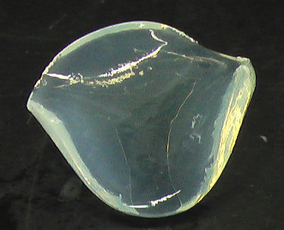
CPG Awarded Patent for Degradable Hydrogel
Cambridge Polymer Group has received notification of the award of their patent “Thiolated PEG-PVA Hydrogels” (14/328,176). This patent describes a new way of creating hydrogels from a conventional biomaterial poly(vinyl alcohol). The resulting hydrogels cure under physiological conditions with no toxic crosslinkers or bi-products and can be tuned to degrade over periods of weeks. They […]
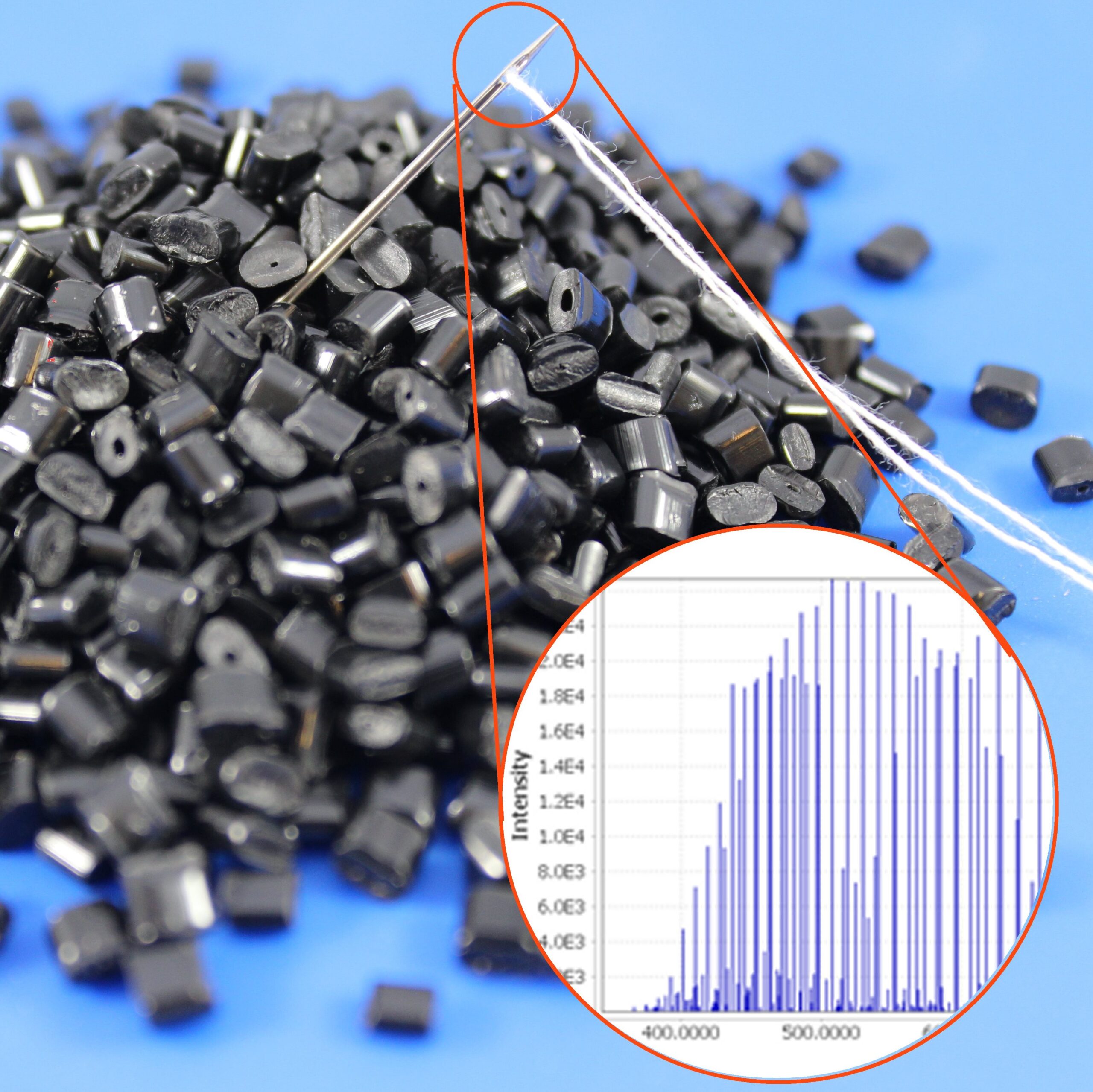
Needle in the Haystack: What’s Buried in Your Polymer LC-MS Data?
CPG Webinar – Thursday, October 5, 2 p.m. EST LC-MS is a widely used analytical technique for characterization of polymer additives, extractables and leachables, degradation products, APIs, drug release studies, and material stability. Typical LC-MS studies however usually focus on small molecules rather than the polymer or excipient components themselves. Structured appropriately, methods for the […]
